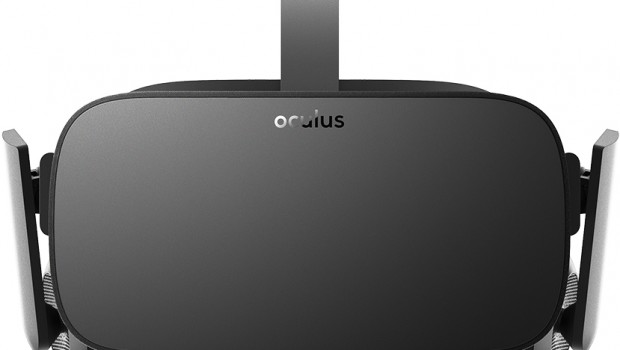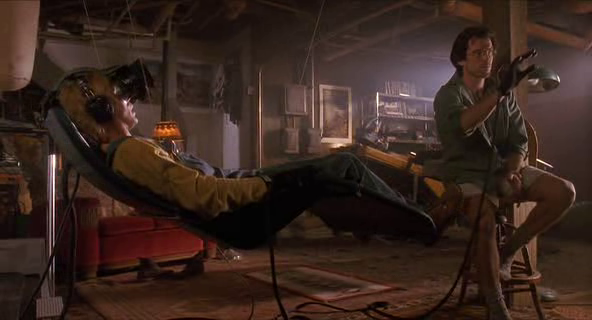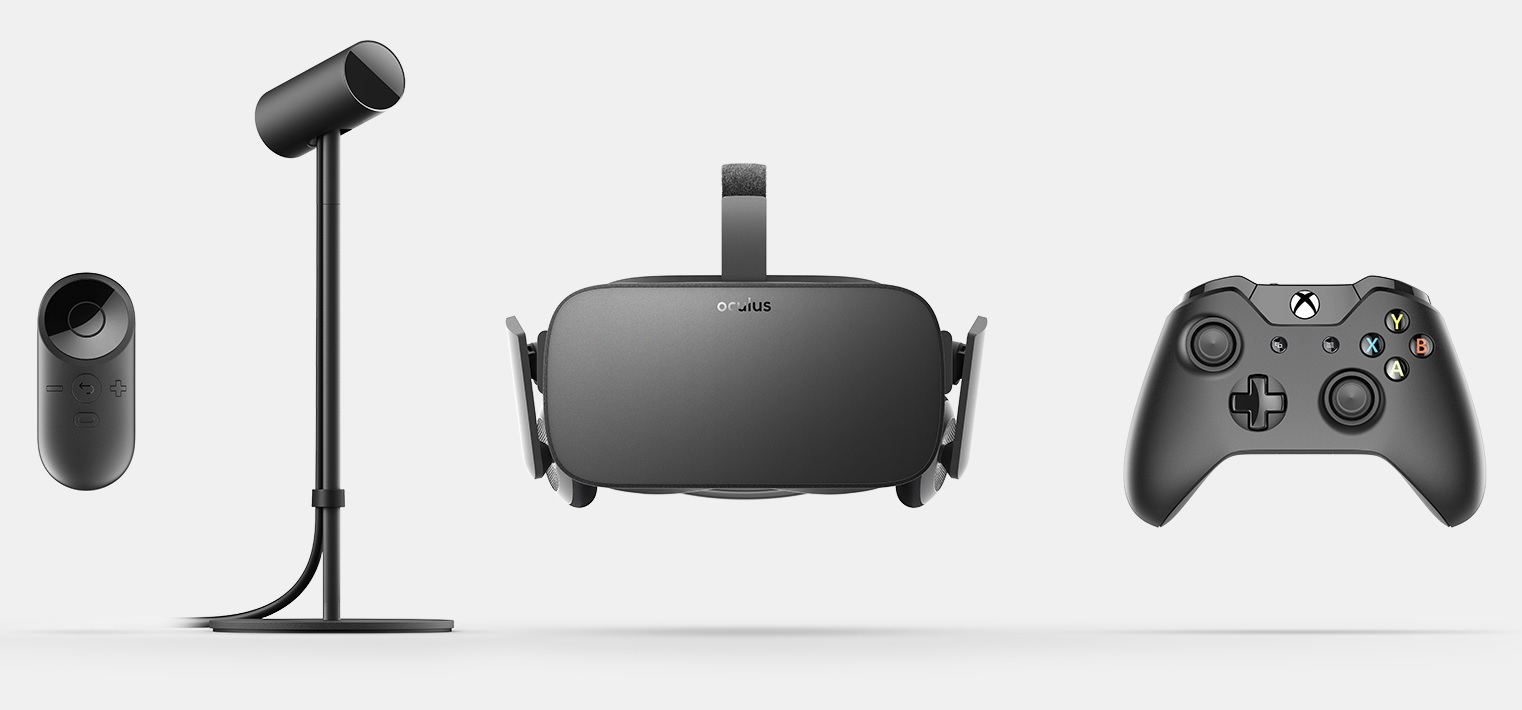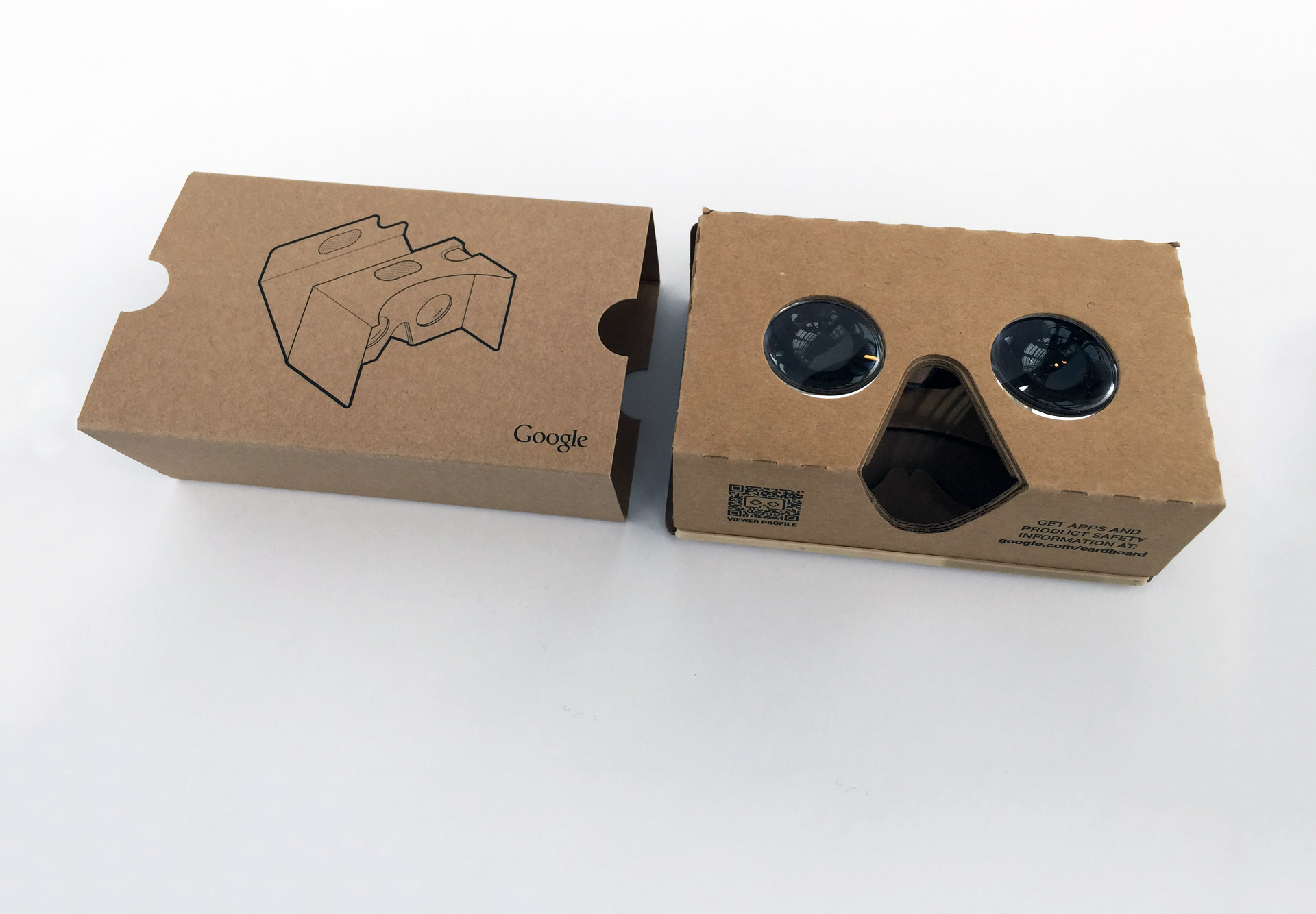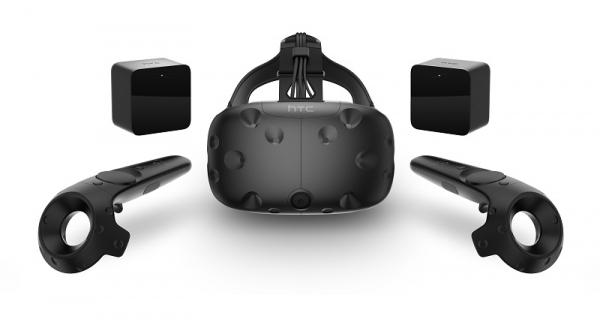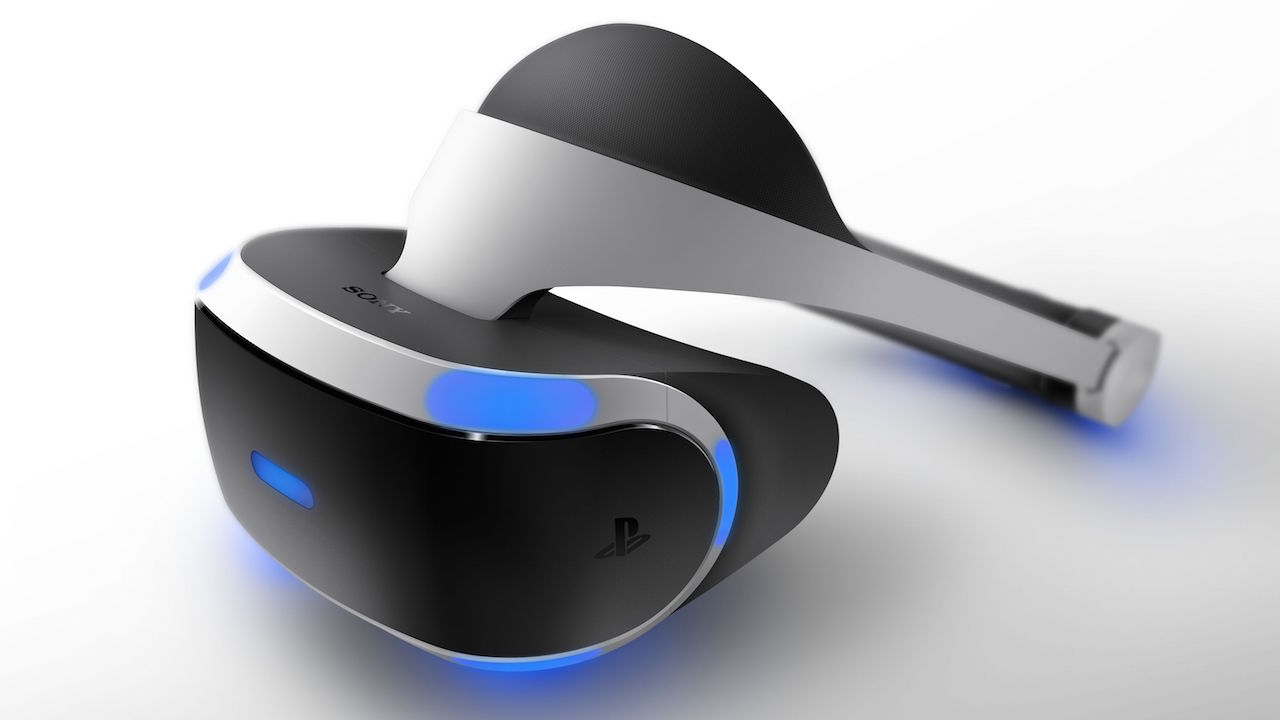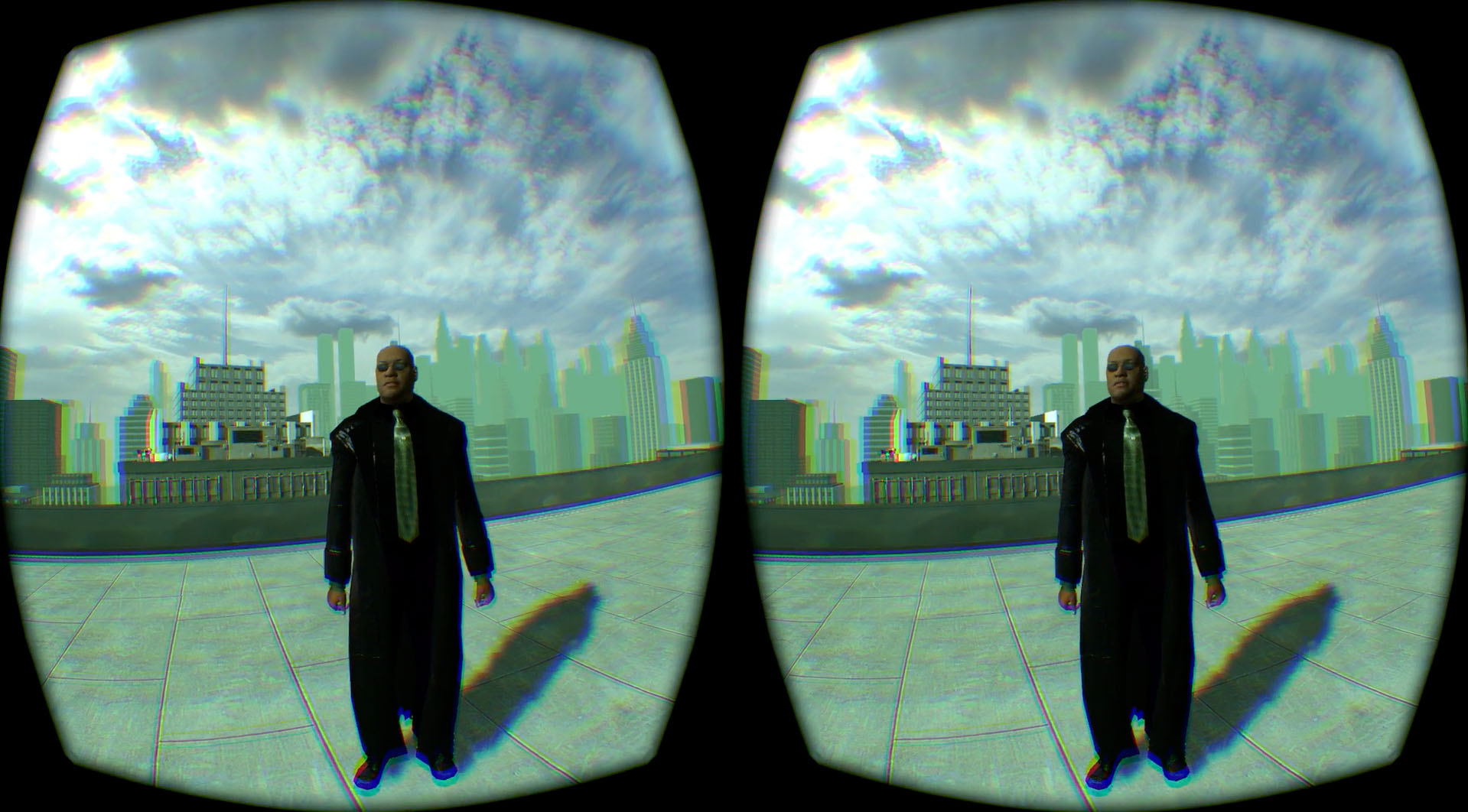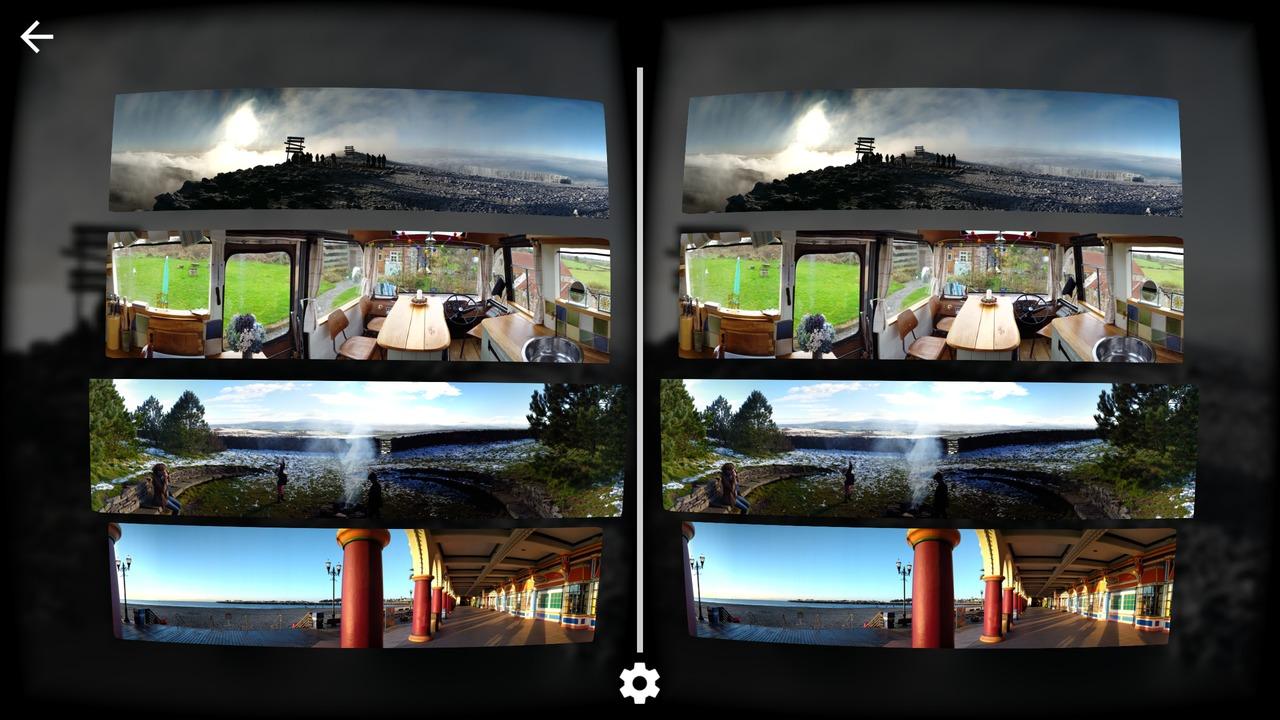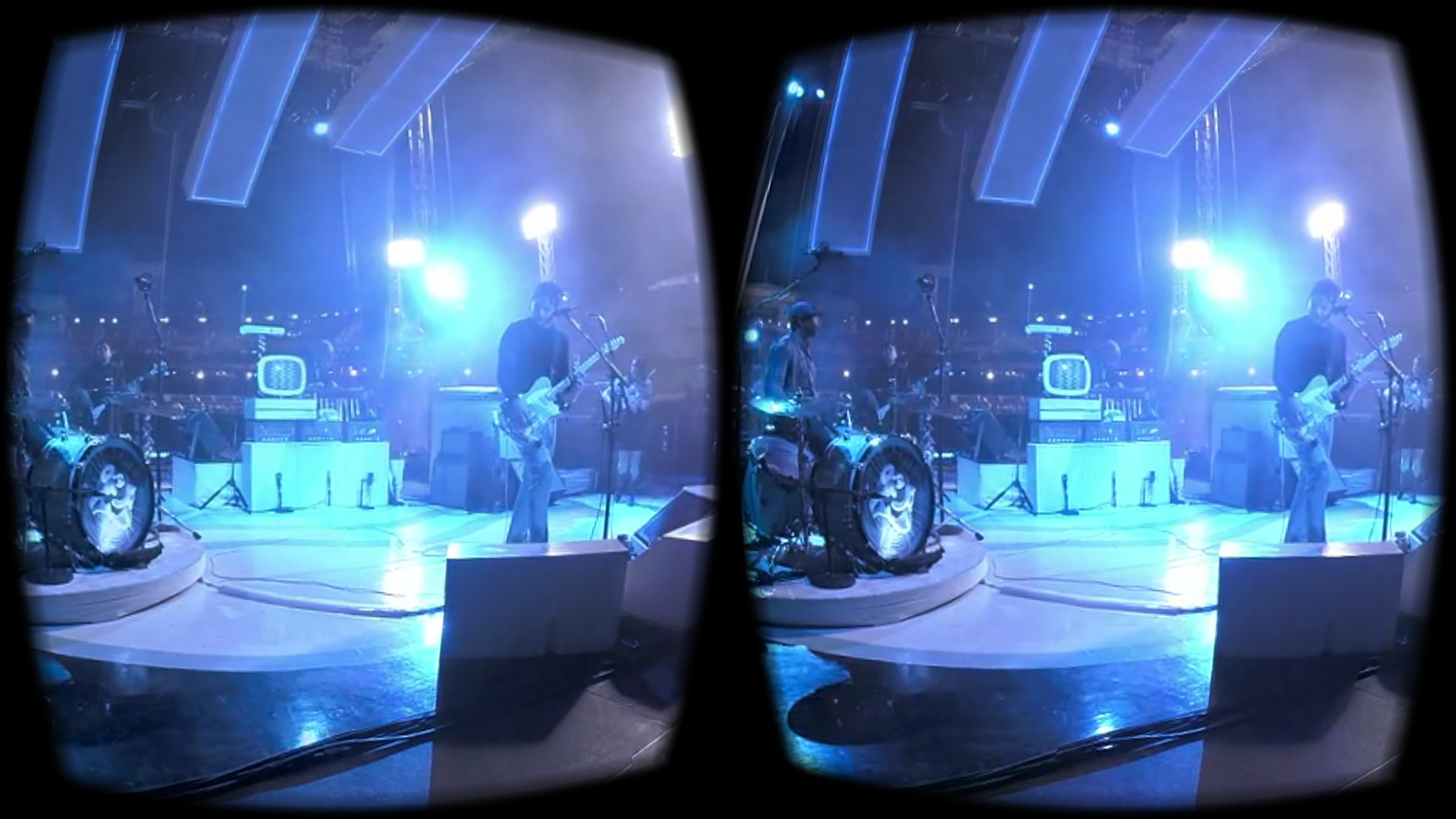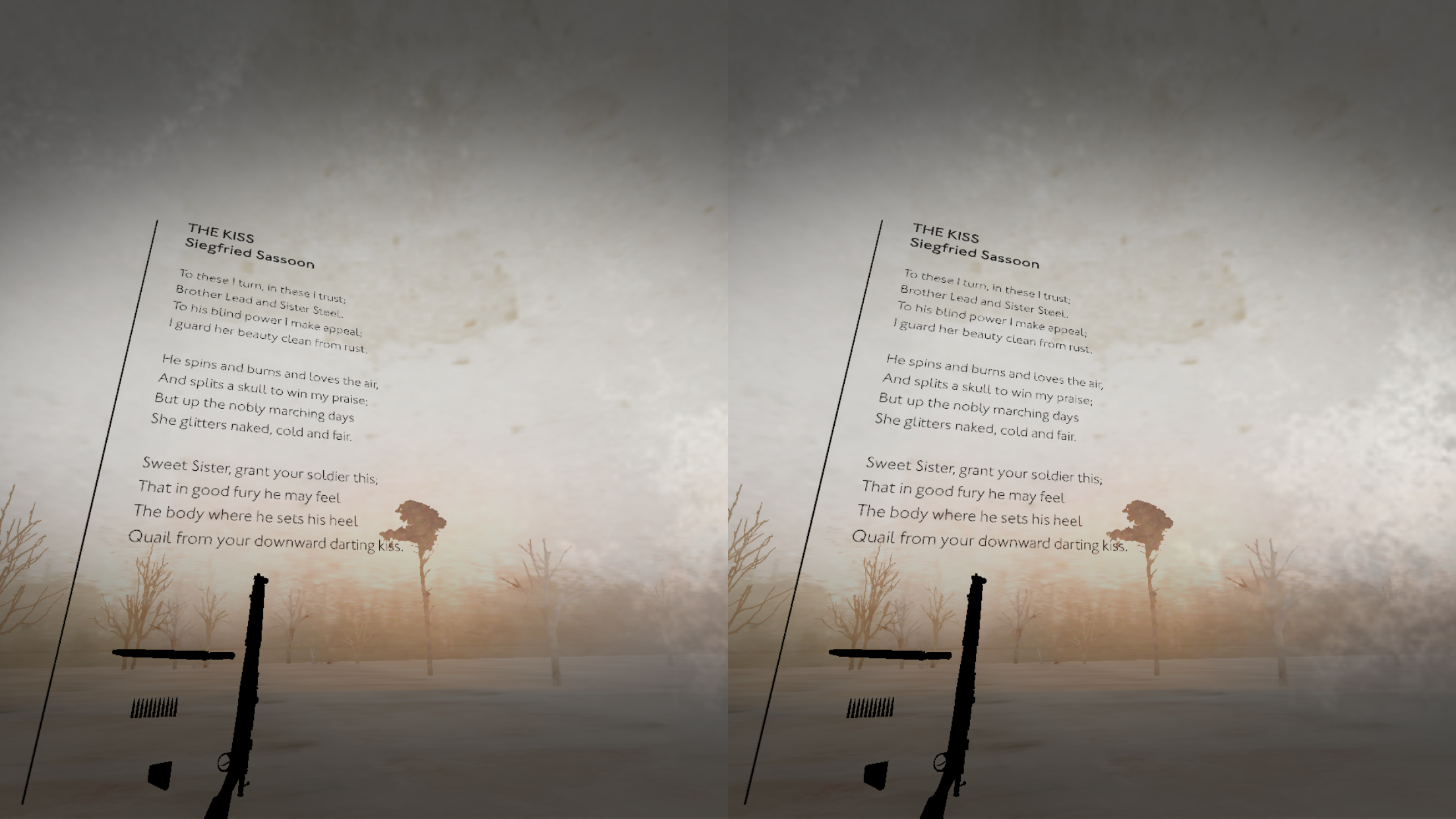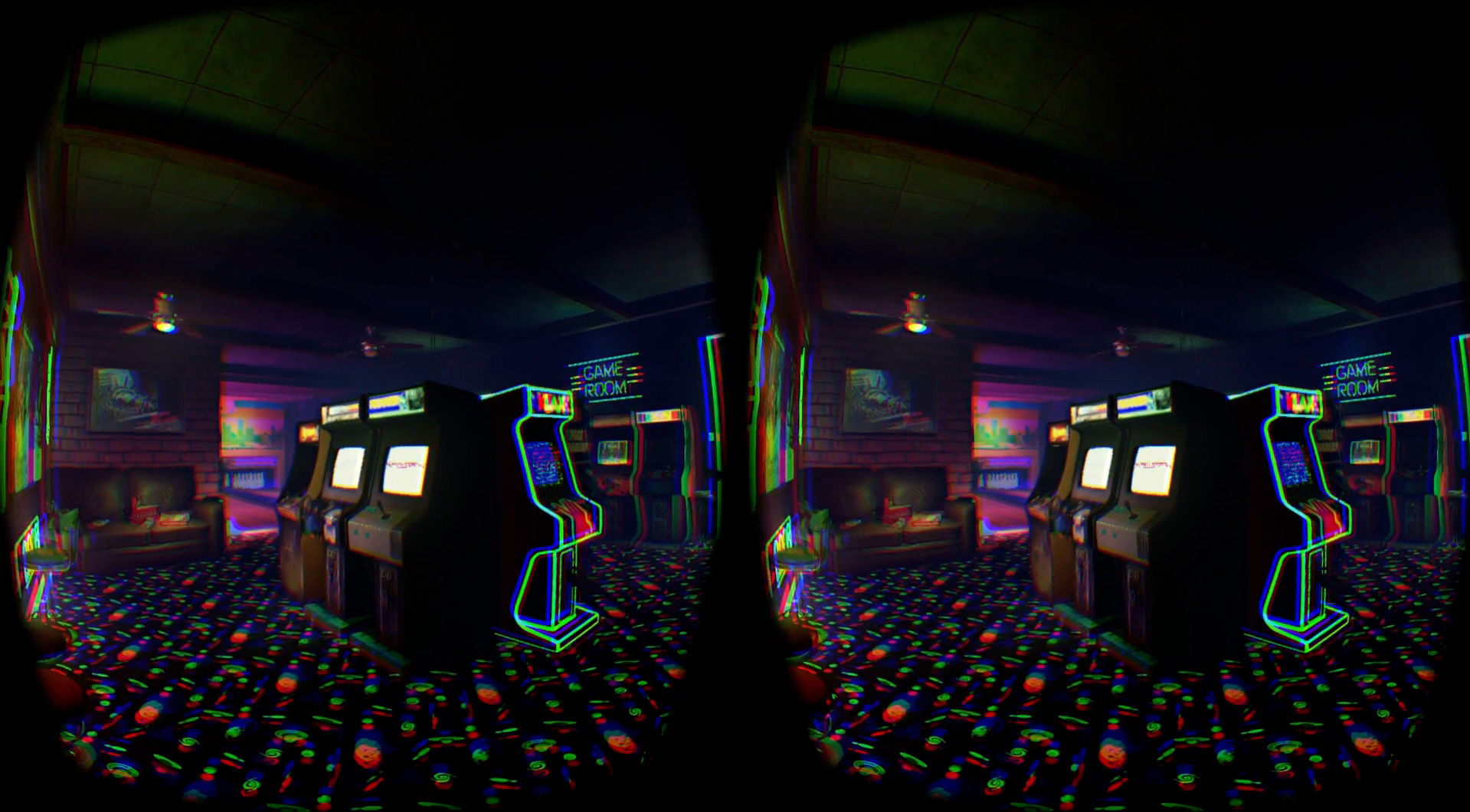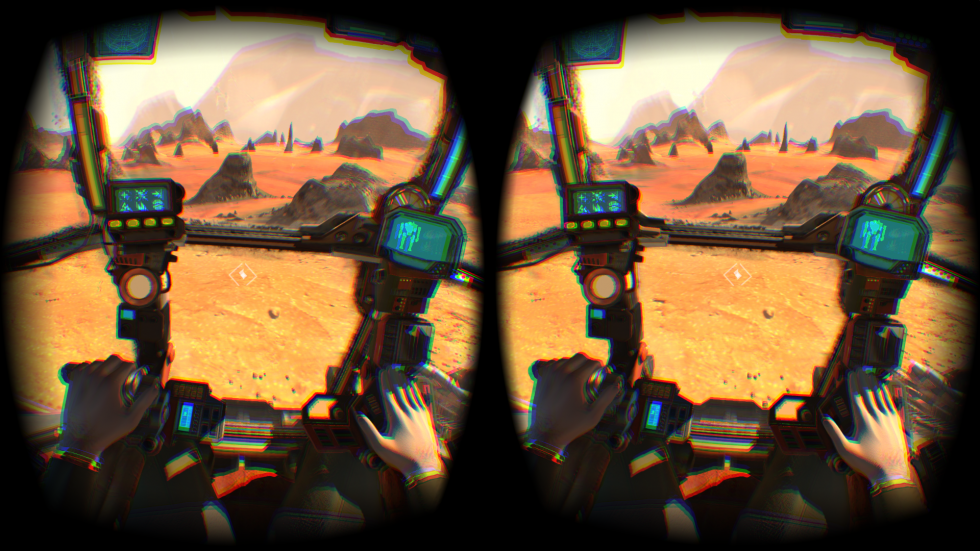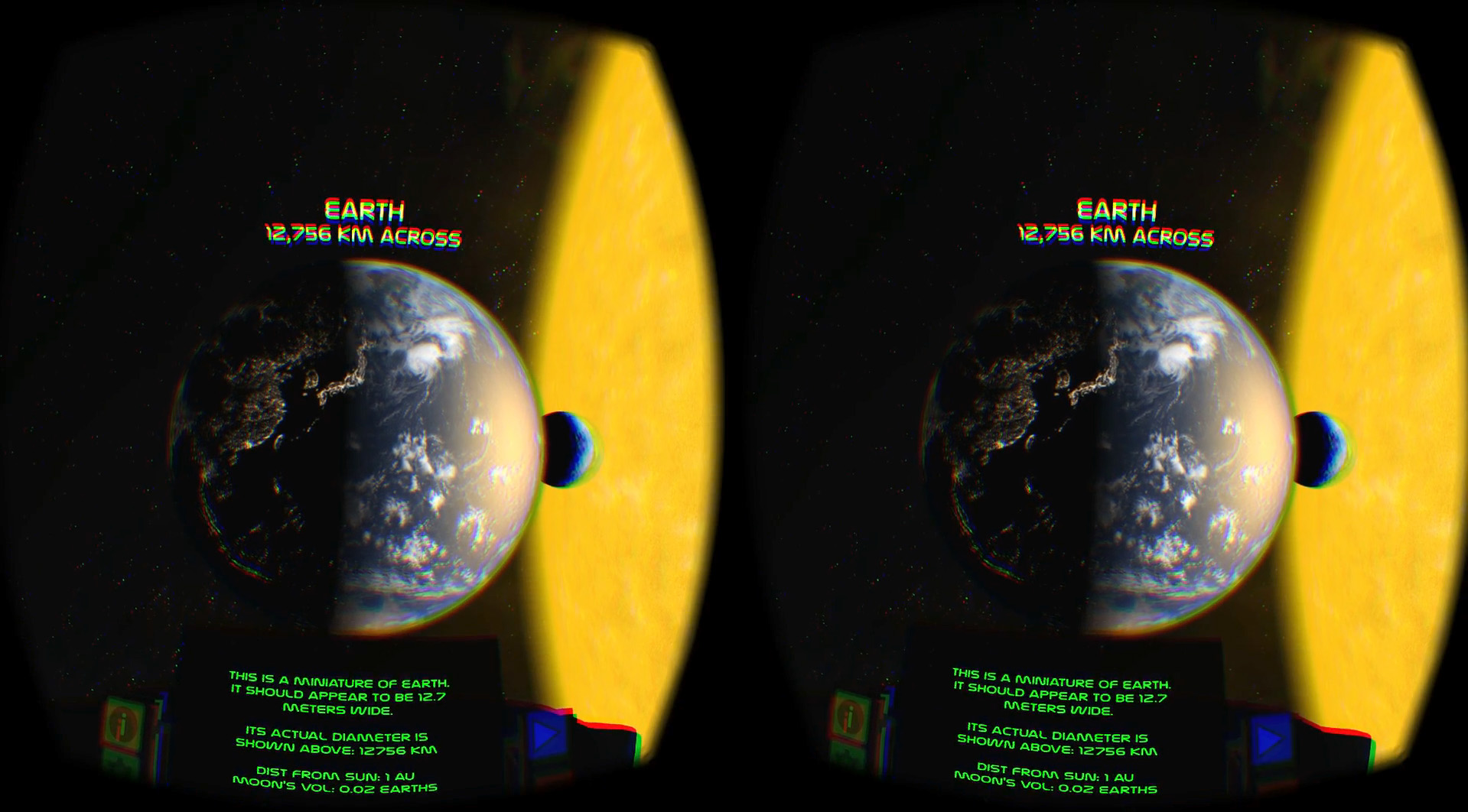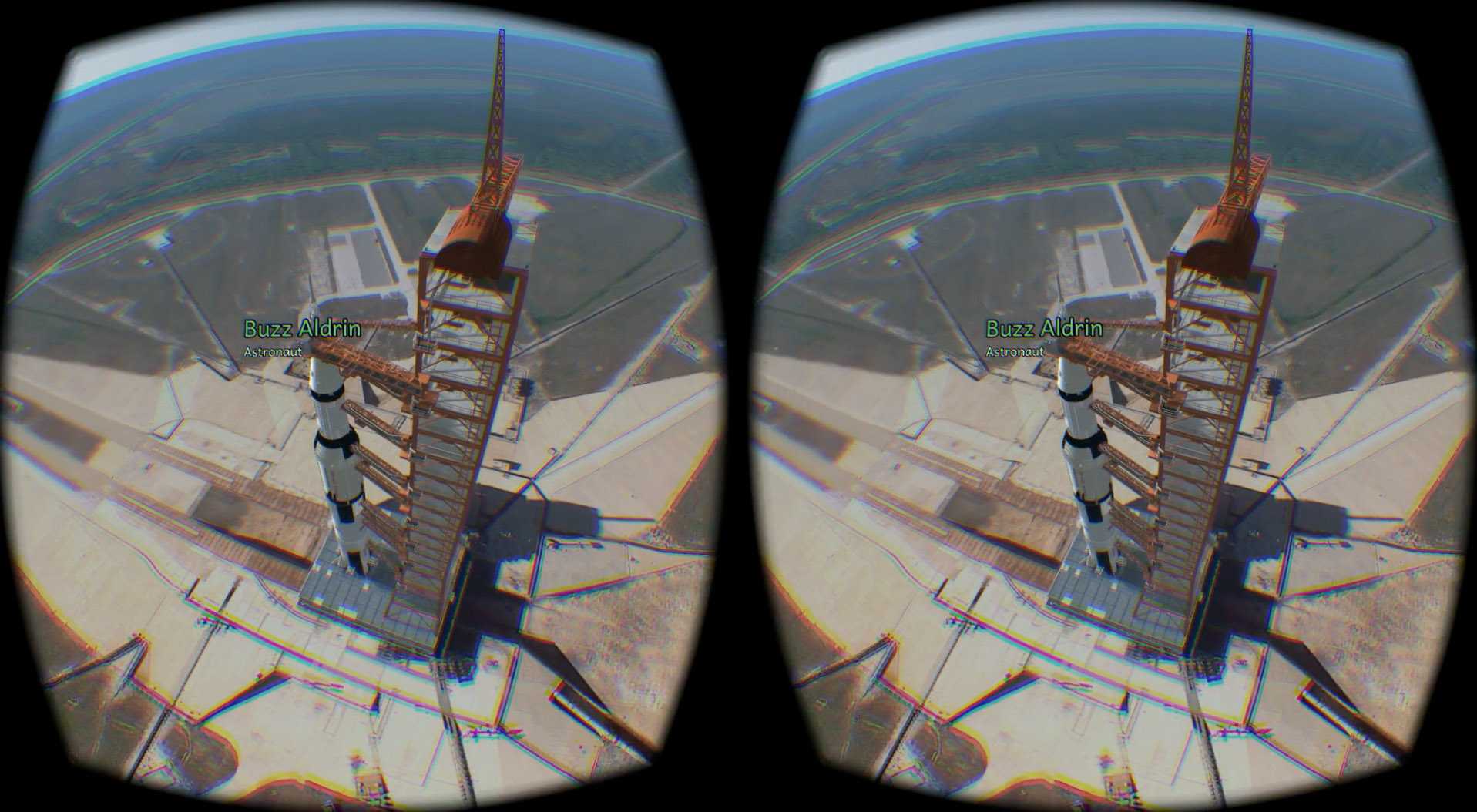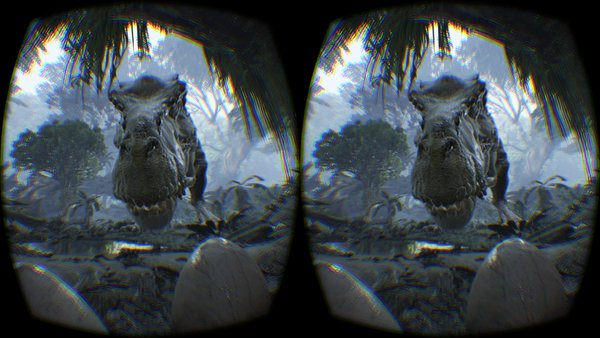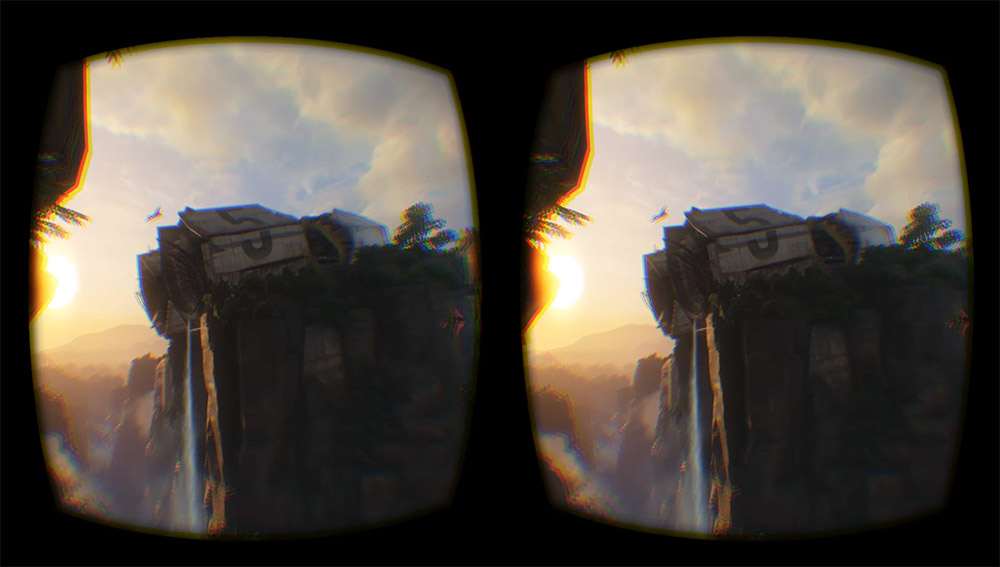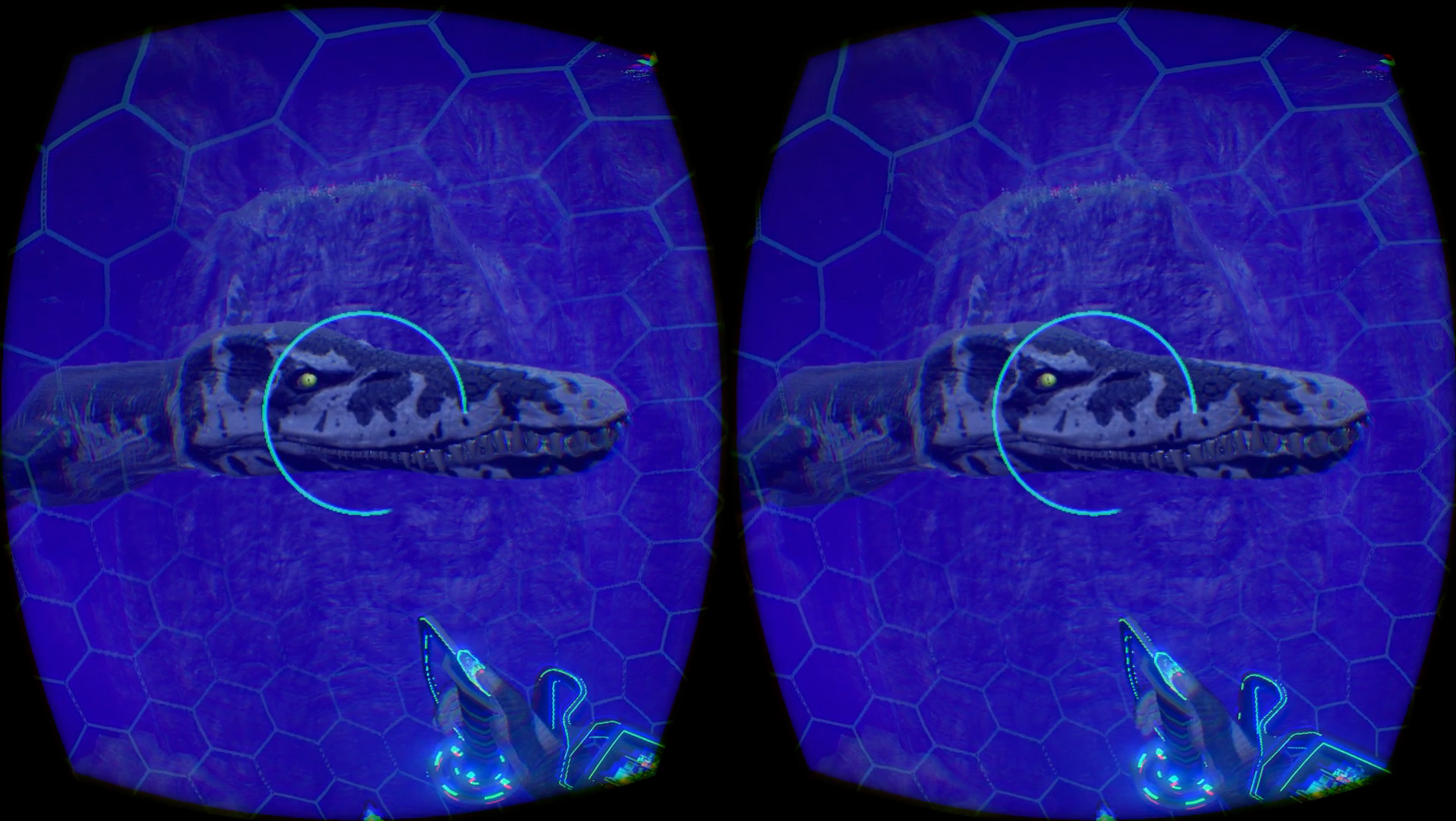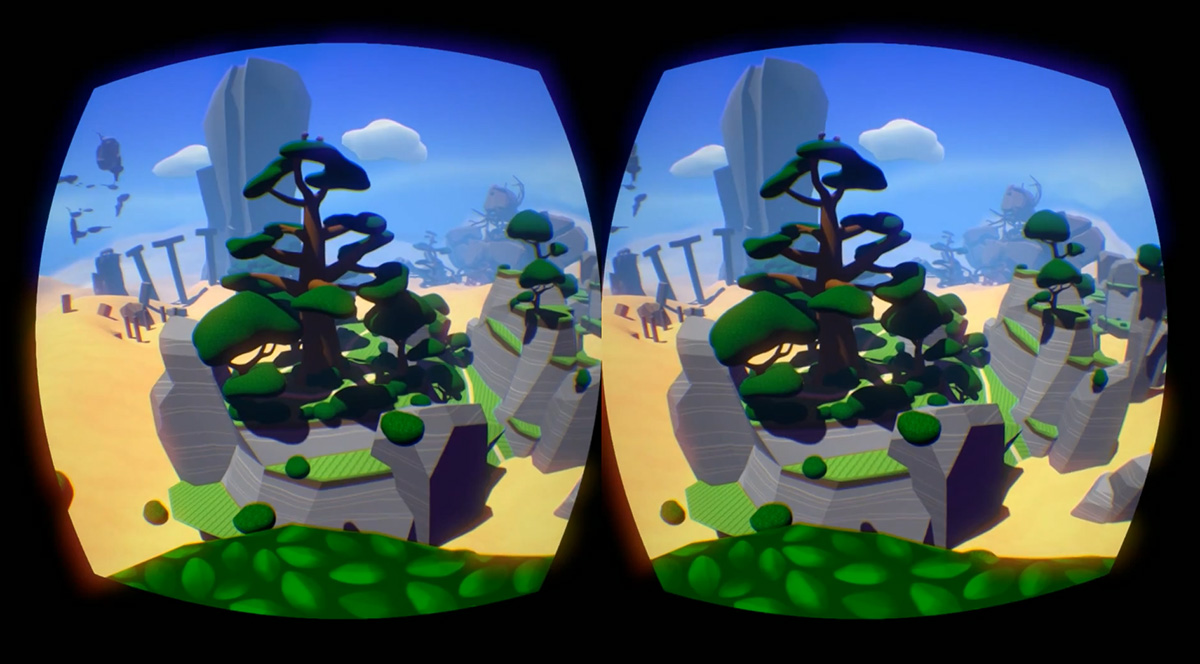Lawnmower man and the Oculus, or how I learnt to stop worrying and love VR
Many years ago a movie came out called Lawnmower man, in it a scientist attempts to help a mentally deficient gardener (the Lawnmower man) increase his intelligence via a virtual reality environment.
Around the same time as this a unique arcade experience came out called Dactyl Nightmare in which the player stepped into a large contraption, a headset placed (appropriately) over their head and they were “transported” to a minimalist world of chequered platforms and the eponymous Dactyl that would inevitably fly down and attempt to kill you… all you had was what seemed like a pop gun. I personally played this and though my memory is no doubt fuzzy… it seemed like fun, if very short and expensive. But that was more or less the end of VR for a long time… so far from being a new age of gaming and computing… it was a so-so movie and a short lived fad gaming experience.
Also in those heady days of the early 1990’s I remember an episode of Beyond 2000 that featured a segment on sterescopic 3D… they even showed a portion of the segment in stereoscopic 3D and advised viewers to cross their eyes and then uncross them a little (much like the technique that can be used for the Magic Eye books)… sure enough the image appeared as 3D.
Now jump to 2012… a kickstarter campaign began for the Oculus Rift a VR headset design that aspired to bring VR to the average PC user. Whether it was just the right time to re-introduce VR or simply the concept of the Oculus Rift that caught the publics imagination… but whatever it was, the public did indeed start talking. Through the DK1 and DK2, to Crescent Bay and beyond, Oculus developed steam and more and more people took an interest to the re-emergence of VR.
Google decided (either initially as a joke or perhaps as a result of the engineers they have on board) to create their own VR option and in mid 2014 released “Google Cardboard”… the biggest appeal to Google Cardboard was the cost outlay to try it… for some it was free, being released at Google I/O in 2014 for Android devices and the following year for iPhone. For those that had to purchase it the cost was minimal thanks primarily to the form it took. Comprising of a prefabricated piece of cardboard with perforations and fold lines, two lenses, a magnet, pieces of velcro and a rubber band. Whilst this sounds like MacGyver’s ideal tool kit, it does in fact enable a user to create a small box that their phone can slot into and through the use of various apps is indeed transformed into a VR device.
So as more people began to “play” with Google cardboard… some laughing, others taking serious note. Oculus continued to stride forward edging ever closer to that seemingly long awaited consumer release date. Then seemingly out of no where, competitors started showing up, some utilising eye tracking (Fove) others more or less just variations on the theme… and then there was the HTC Vive.
The HTC Vive is at it’s core the same as the Oculus Rift… a headset with two screens showing slightly different images to each eye to give a 3D VR experience. But the main area that the Vive differed from the Oculus is in the tracking mechanic. The Oculus Rift used a single webcam that tracks LED points on the headset to determine the users position in 3D space (the consumer release has changed this slightly and will allow for greater tracking via multiple trackers rather than the single webcam). The Vive on the other hand utilizes laser tracking and boasts the ability to track the user over a 15′ by 15′ space.
The third serious contender is the Playstation VR which has the advantage of having a “locked” system to work with (in as much as there are no significant variations on hardware configurations).
So what does this all mean going forward?
Well I have been fortunate enough to play with Google Cardboard and an Oculus Rift DK2 (which I purchased second hand… so I’m not one of the lucky kickstarters who will receive a CV 1 on release). From all the way back in that experience with Dactyl Nightmare, to watching Beyond 2000 I’ve been thrilled with 3D and VR as concepts. I got my first taste of this new wave of VR when I went to OZ Comic Con a few years ago and got to sit on the now well known roller coaster demo on a DK1… whilst the resolution was certainly lacking there it caught my attention enough to light the fire to get an Oculus (this was before the contenders started showing up). I grabbed my Google Cardboard to keep me going till I could afford the DK2 and was surprised at just how immersive even that small “toy” can give (I would recommend Froggy VR for a good sense of VR space… plus some of the VR experiences by Jaunt to see what 360 degrees can add to a visual experience such as a concert). But I needed more… I needed that Oculus fix.
When I bought my DK2 the person I purchased it from was nice enough to provide a bunch of discs with experiences he had already downloaded so I got to jump straight into one of the most well regarded experiences Titans of Space… essentially a planetarium in which you are taken to all the planets and given a very eye opening concept of scale. But I was curious to see just what else there was so I jumped onto Oculus share and explored the myriad demos and experience that enthusiasts and hard core programmers alike were providing. (I highly recommend Vox Machinae for a VR MechWarrior feel, Windlands for a Spidermanesque exploration of a cartoon like world and New Retro Arcade for a touch of nostalgia)
I keep coming back (arguably quite fittingly) to that quote from The Matrix “no one can be told what the Matrix is… you have to see it for yourself.” (and yes there is a Matrix VR experience)… it really does come down to the notion that people can understand how cool VR is… but until they actually get to try it themselves… they just don’t really grasp how much of a shift this is.
To go back to the start of this piece about Lawnmower man and the idea that the VR world was going to help improve intelligence… it’s not such a far fetched concept after all. There are numerous VR experiences that have been developed to help educate people (along with Titan’s of Space another great and inspiring experience is the Apollo Experience in which you get to be part of the crew that first flew to land on the moon.). VR really does hold the potential to break down barriers, to go beyond gaming and to make education fun and engaging.
If you have an interest in the future of gaming you should try and get some sample time with a VR device. If you have an interest in the future of education you should get some sample time with a VR device. If you have an interest in the exploration of the human condition you should spend some time with a VR device. It’s easy to dismiss a new technology as a gimmick… but VR really does have so much that it could provide that it would be a shame to let this opportunity fail… With the backing of Facebook (Oculus), HTC and Steam (Vive) and Sony (Playstation VR) and Google (Cardboard) I don’t think this “gimmick” is going anywhere soon. For those that haven’t experienced VR yet, do yourself a favour and if an opportunity presents itself, have a go. The best result will be if you are shown the right demos… but even failing that you should get a sense for just what can be achieved. If you have no interest in jumping in the deep end, please do yourself a favour and grab Google Cardboard, they can be had for only a few dollars off your favourite auction site, they don’t take long to put together and you can take it with you wherever you go.
I’m not yet sure which way I will end up going, be that Oculus or Vive (I’ve no doubt my children will at least end up with Playstation VR). I still love my DK2 and still get a buzz using third party softward to add VR to established games (playing Fallout New Vegas in VR with the sense of scale it gives is a whole new experience… Death Claws are quite intimidating when they are standing over you!). I will end this piece by suggesting some VR experiences and giving links to where you can get them. For now… I think I need to plug back into my Matrix.
Google Cardboard:
Froggy VR: Play as a little frog and hop around catching flies and finding treasure.
https://play.google.com/store/apps/details?id=com.fibrum.froggyvr
Cardboard Camera: Record 360 degree images that then get stitched together and made into a 360 degree video with sound.
https://play.google.com/store/apps/details?id=com.google.vr.cyclops
Jack White Third-D: Experience a Jack White concert (or at least a portion of) in 360 degree video format from the comfort of your own home.
https://play.google.com/store/apps/details?id=com.jauntvr.preview.jackwhite
War Of Words: Poetry expressed in VR
https://play.google.com/store/apps/details?id=com.BDH.WarofWords
Oculus Rift:
New Retro Arcade: Go back to the good old days of the local arcade.
https://share.oculus.com/app/newretroarcade
Vox Machinae: If Mechwarrior was a first person VR shooter.
https://share.oculus.com/app/vox-machinae
Titans of Space: A Virtual Planetarium that takes you to the Stars.
https://share.oculus.com/app/titans-of-space-classic
The Apollo 11 Experience: Take part in one of humankinds greatest achievements.
https://share.oculus.com/app/the-apollo-11-experience
Back to Dinosaur Island: One of the more impressive big game studio demos.
http://store.steampowered.com/app/412940/
Back to Dinosaur Island 2: The above demo’s sequel, now with movement (if you have a controller)
http://store.steampowered.com/app/452640
Timemachine VR: Joining two of my loves Dinosaurs and VR.
http://store.steampowered.com/app/356180/
Windlands: A cross between Spiderman and a childrens cartoon
http://store.steampowered.com/app/428370/


